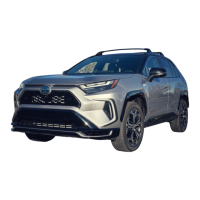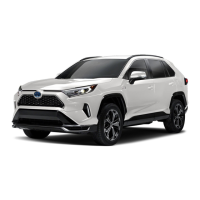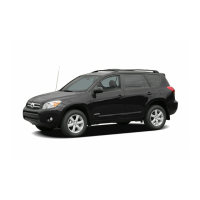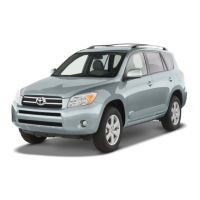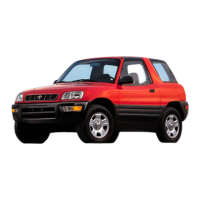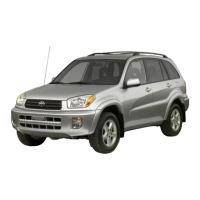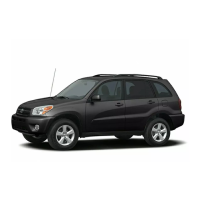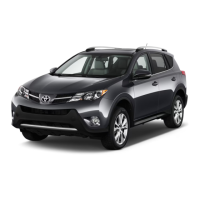54
1-2. Child safety
■ Child restraint system compat-
ibility for each seating posi-
tion
Compatibility of each seating posi-
tion with child restraint systems
(P.56) displays the type of child
restraint systems that can be used
and possible seating positions for
installation using symbols. Also, the
recommended child restraint sys-
tem that is suitable for your child
can be selected.
Otherwise, check [Recommended
child restraint systems information]
for recommended child restraint
● Only put a forward-facing child
restraint system on the front seat
when unavoidable. When installing
a forward-facing child restraint on
the front passenger seat, move the
seat as far back as possible. Failing
to do so may result in death or seri-
ous injury if the airbags deploy
(inflate).
● Do not allow the child to lean
his/her head or any part of his/her
body against the door or the area of
the seat, front or rear pillars, or roof
side rails from which the SRS side
airbags or SRS curtain shield air-
bags deploy even if the child is
seated in the child restraint system.
It is dangerous if the SRS side air-
bags and curtain shield airbags
inflate, and the impact could cause
death or serious injury to the child.
● When a junior seat is installed,
always ensure that the shoulder
belt is positioned across the center
of the child’s shoulder. The belt
should be kept away from the
child’s neck, but not so that it could
fall off the child’s shoulder.
● Use a child restraint system suit-
able to the age and size of the child
and install it to the rear seat.
● If the driver’s seat interferes with
the child restraint system and pre-
vents it from being attached cor-
rectly, attach the child restraint
system to the right-hand rear seat
(left-hand drive vehicles) or the left-
hand rear seat (right-hand drive
vehicles).
● Adjust the front passenger seat so
that it does not interfere with the
child restraint system.
Child restraint system com-
patibility for each seating
position
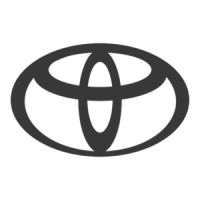
